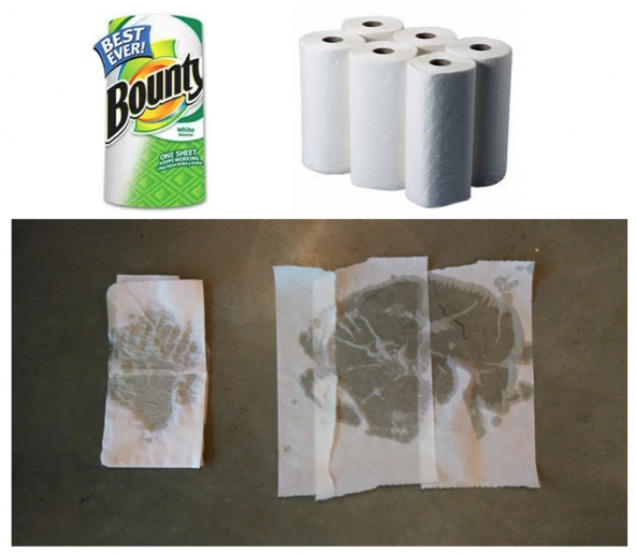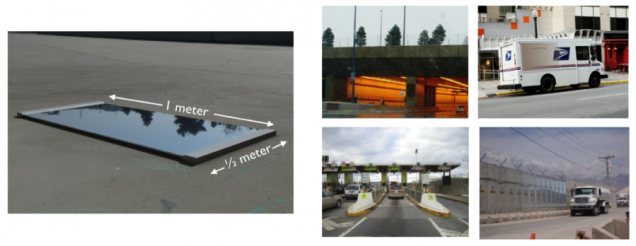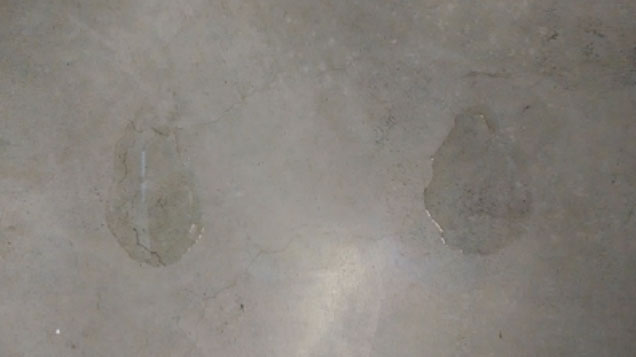I dropped my water bottle in the office yesterday, spilling water on the floor.
The kitchen was stocked with two types of paper towels: expensive super high absorbent name-brand rolls, and generic, thinner wipes. Taking one of the higher absorbent rolls did the trick, but so did two of the thinner ones. And the thinner ones are way more than twice as cheap, so in a lot of cases, it is much better to use the cheaper rolls.

A similar thing is going on in radiation detection. More efficient detectors are like the high-end towels—for less surface area, they can detect the same amount of material than a larger surface area of a slightly less efficient detector. But in the push to keep going smaller and smaller, these more efficient detectors’ prices have skyrocketed—slightly larger detectors provide the same detection capability for much larger price breaks.
Helium-3 (He-3), an isotope of helium gas that has one fewer neutrons than “normal” helium, is the gold standard material for detecting neutrons. It captures more neutrons per unit than Boron-10, Lithium-6, and other detection materials. Until the post-9/11 surge of radiation detectors depleted the He-3 supply, there was little incentive to develop alternative neutron detectors, as He-3 was by far the best capture material available. This was the “expensive paper towel” approach.
Now, with a He-3 shortage, the priority is to develop detectors that match the He-3 performance. This challenge increases in difficulty when contextualized in the real world of limited budgets and increased need/demand for nuclear threat reduction technology. Raw science, and lab-specific detectors dependent on costly materials and expensive manufacturing processes will not suffice. Silverside’s answer to this challenge: surface area.
In head-to-head competition, He-3 is far more effective than Lithium-6 (Li-6, an iosotope of Lithium, used by Silverside in metal form) for neutron capture and detection. However, when a larger amount of Li-6 is spread out in a flat surface area, it can match the performance of He-3 tubes…for 1/10 the cost.
And there are many situations that larger surface areas can be used, such as the sides of roads, tollbooths, and vehicles.

There you have it. Materials matter, but surface area can compensate for raw efficiency…and can make large deployments of detectors an affordable reality.

Recent Comments